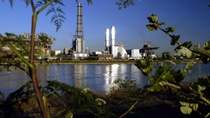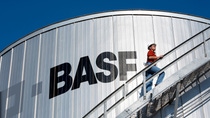Who we are
Transparency
Sustainability needs transparency: This motto from 2002 by the Chair of BASF’s Sustainability Council is used to describe information and communication relating to sustainability at BASF. The consistent theme throughout the different formats is the intention of being accountable and providing verifiable results.
Here, we will take a look at the development of BASF’s sustainability reporting throughout history – as well as its first corporate carbon footprint, and the development of sustainability goals. After all, they also provide transparency when it comes to sustainability.


